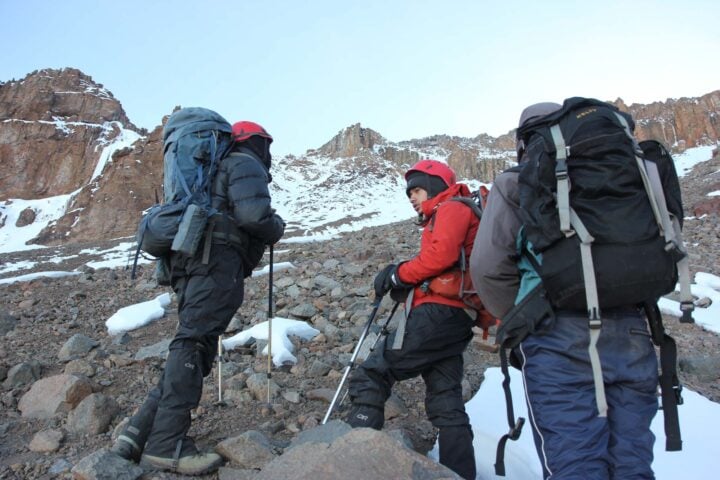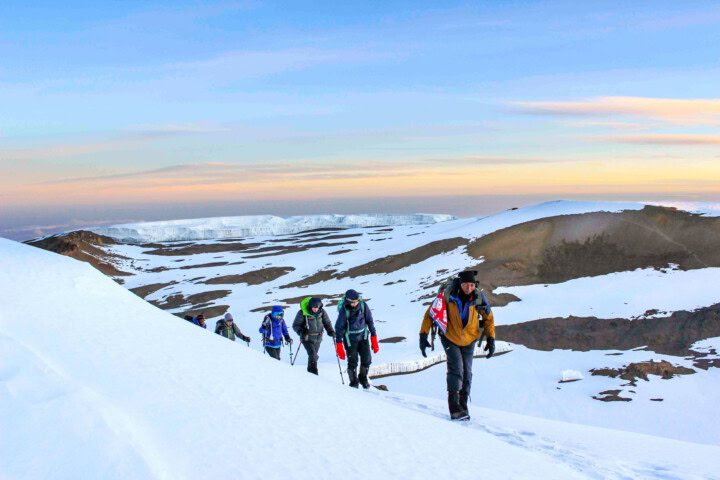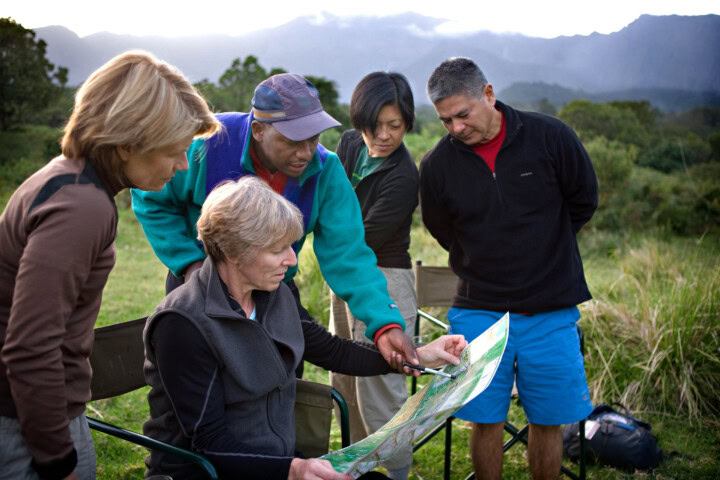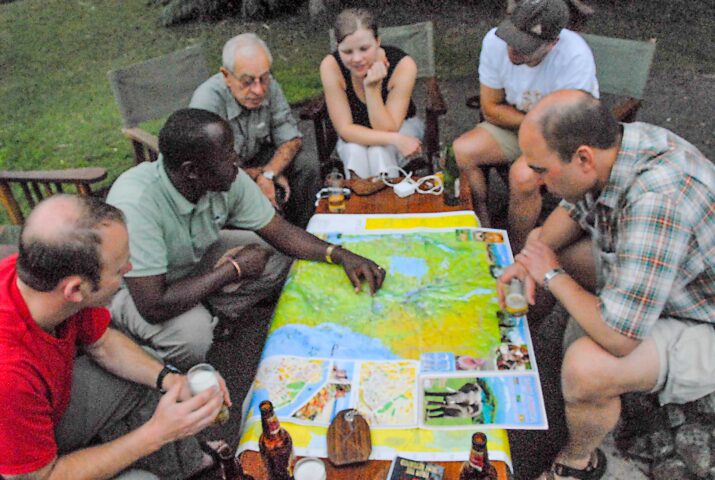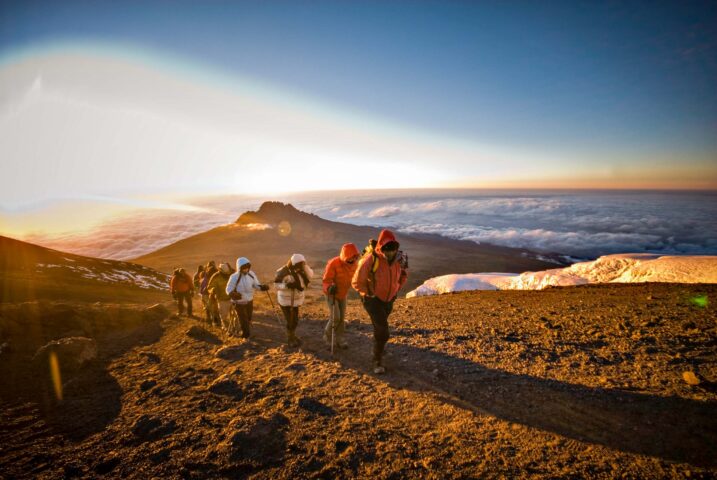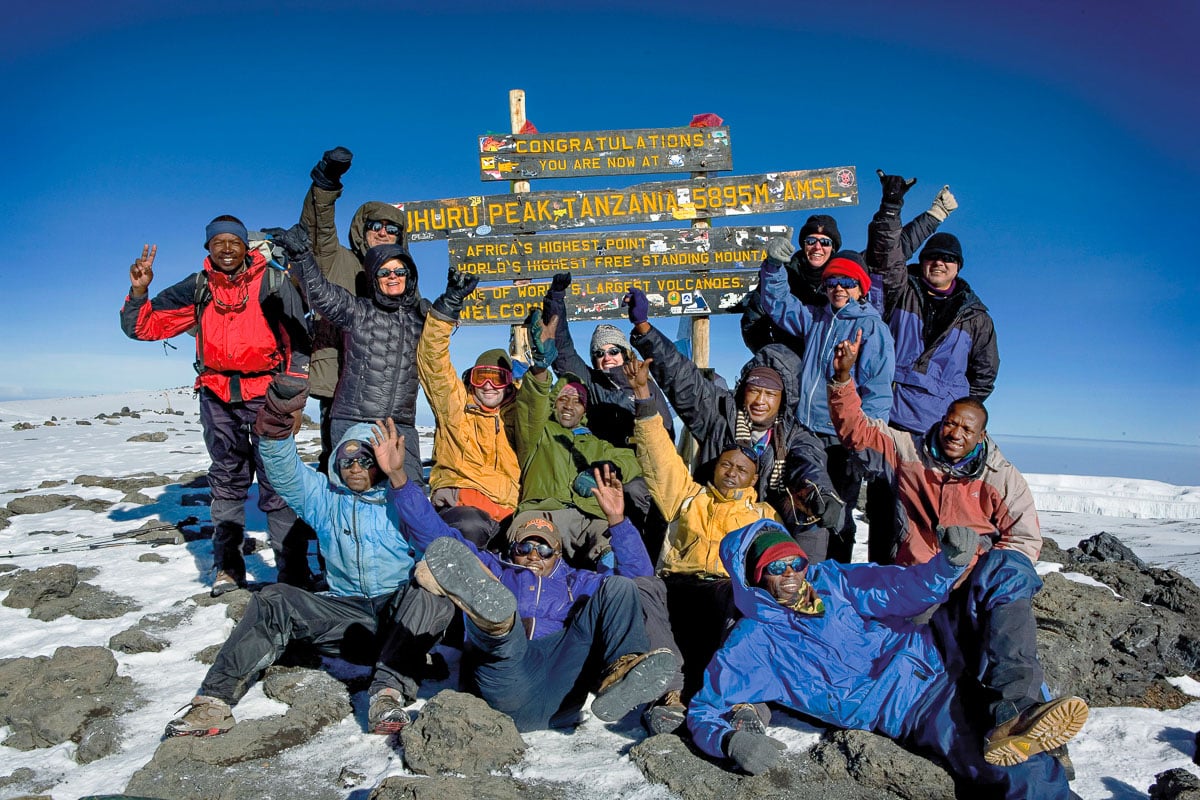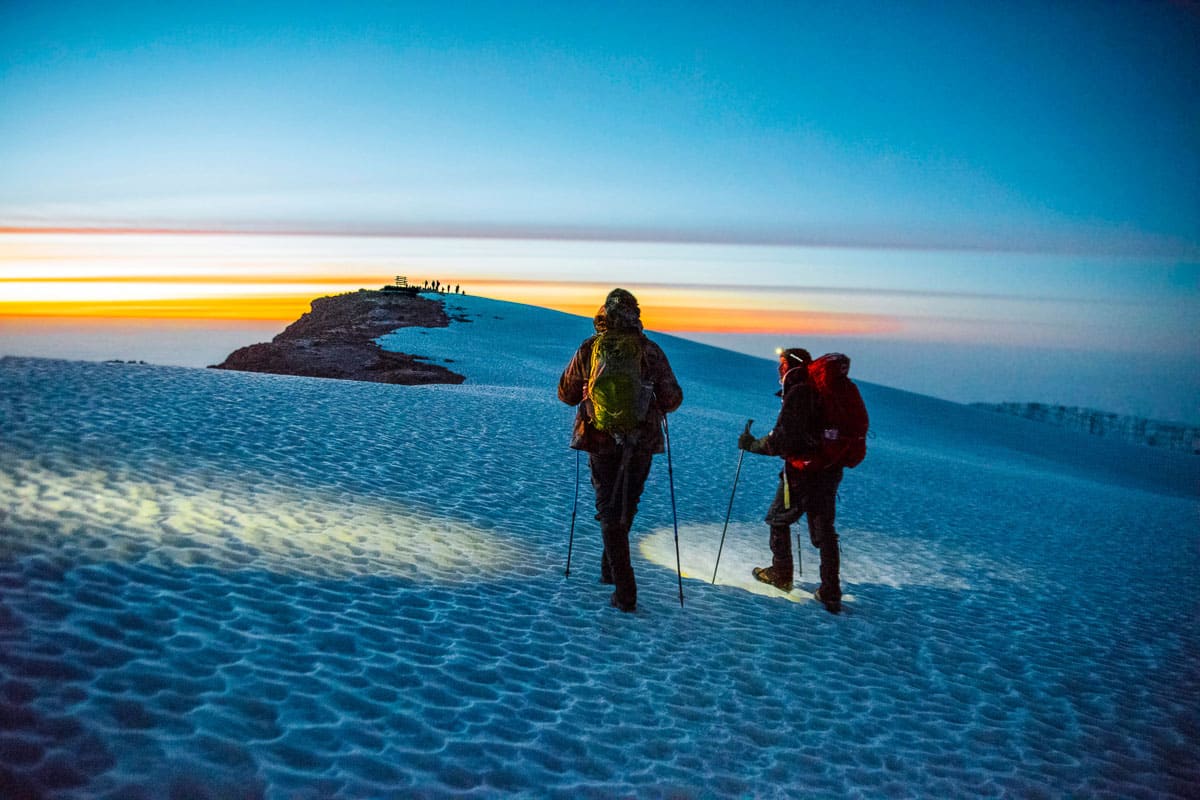
Kilimanjaro
How to Prepare for Climbing Kilimanjaro
With any hiking adventure, it’s important to be adequately prepared both mentally and physically.
If possible, start training several months before departure. You should aim to reach your fitness goals two to four weeks before you depart so that in the last couple of weeks you can slightly reduce your workouts to give yourself time to rest up for the big adventure ahead.
Increasing your cardio routine will improve your stamina on the mountain. Activities like hiking, running, using a stairmaster, or bike-riding are great choices and, when combined, can really help boost your fitness levels. Increase your strength and endurance with weight and resistance workouts. Cross-training will allow you to strengthen a variety of muscle groups, decreasing your chance of injury, while developing aerobic conditioning.
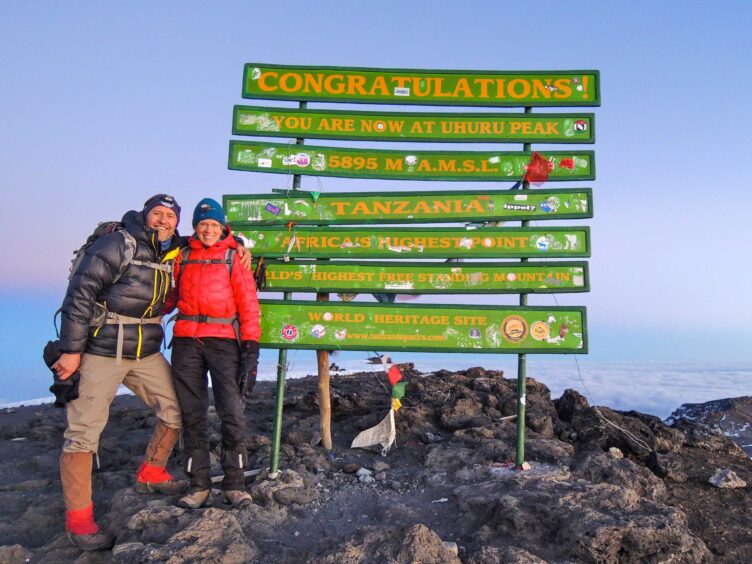
With that said, in preparing for your Kili climb, hiking with a 10-20lb daypack is the most beneficial activity. You may want to schedule a backpacking trip beforehand—great for conditioning, testing your boots and equipment, and gauging your aerobic capacity. Hike at altitude if possible. Past trip members have climbed Mt. Whitney, Mt. Shasta, and the volcanoes in Hawaii. The object is to improve your overall fitness level and get your legs and lungs in shape for the nearly 50 miles of trails you will be hiking across Kilimanjaro. We descend 13,000 feet in two days, from the summit to our lodge at 5,900′. This gets us back down from altitude efficiently, but it is tough on the body, especially the knees. This is where strengthening those quads really pays off!
Learn More
Talk to an Expert
Our Africa Specialists know every detail about our Kilimanjaro trips. They will be happy to answer any questions and help make sure it’s the right adventure for you. Contact us to learn more or book your trip today!

